13 Trending Ingredients Changing the Way We Appreciate Desserts and Drinks
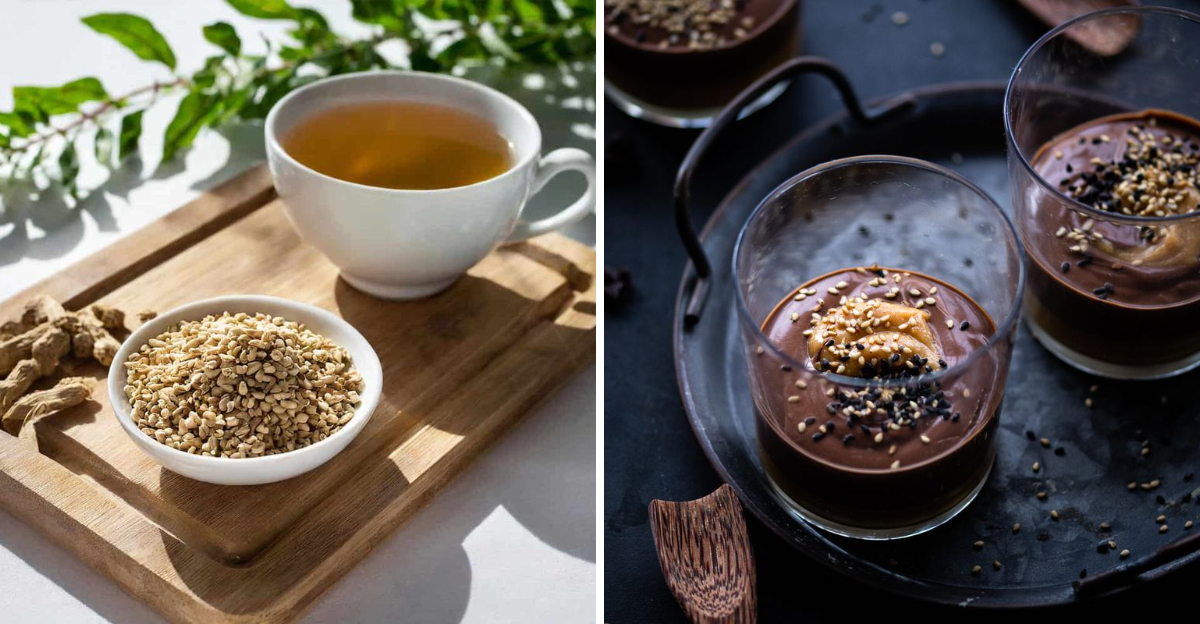
The cuisine of desserts and drinks is developing with exciting new flavors that are changing how we think about our favorite treats. Chefs and home cooks alike are experimenting with ingredients that add surprising tastes, colors, and health benefits to everyday items. These gentle changes are bringing a fresh sense of creativity and variety to familiar recipes. From tangy citrus fruits to earthy spices, these 13 ingredients are making waves in kitchens and cafes in many cuisines, offering subtle change that are both approachable and enjoyable.
1. Yuzu: The Japanese Citrus
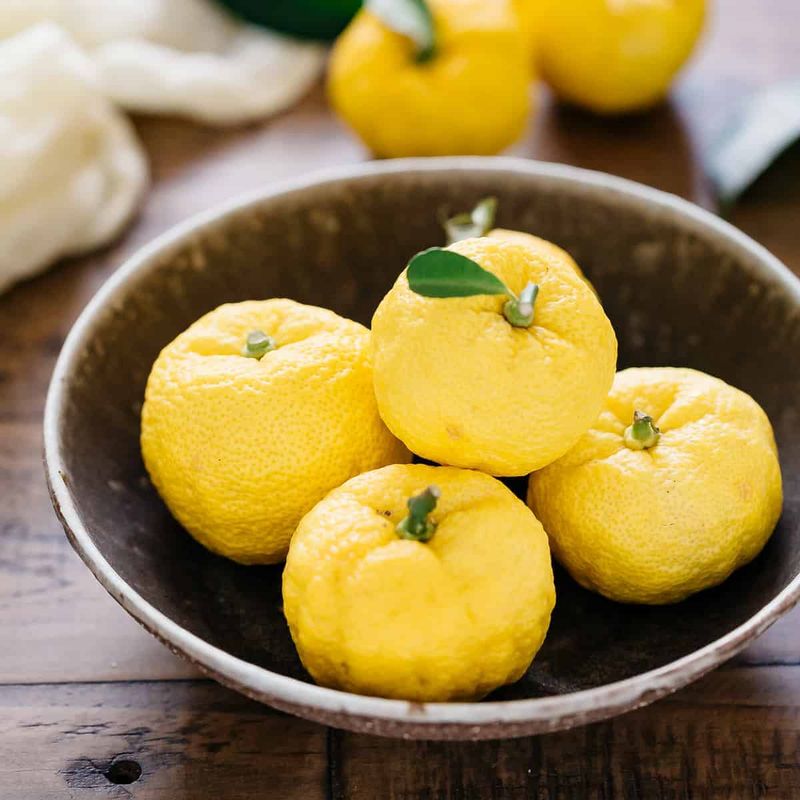
Yuzu brings a bold, complex citrus flavor that sits somewhere between grapefruit, mandarin, and lime. Many pastry chefs are incorporating this Japanese fruit into mousses, custards, and sorbets for its ability to cut through sweetness with its tangy fragrance. The aromatic zest works well in cookies and cakes, while the juice brightens up lemonades and teas. Yuzu pairs exceptionally well with berries, honey, and ginger in both hot and cold preparations. Found primarily in East Asian cuisine historically, yuzu has now made its way into mainstream dessert menus across America and Europe.
2. Hibiscus: Nature’s Food Coloring
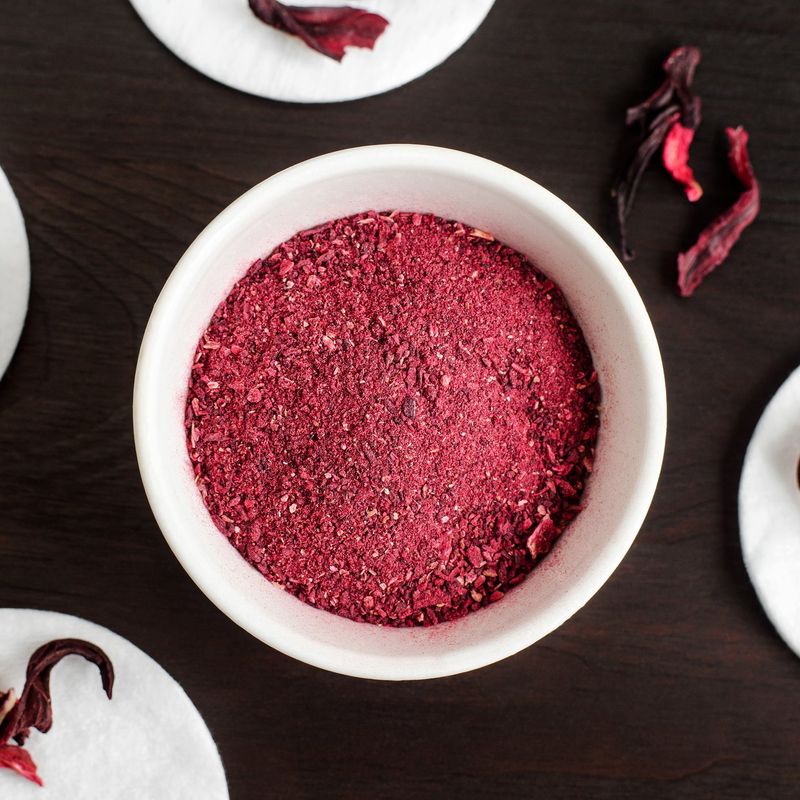
Hibiscus flowers look pretty – they infuse drinks and desserts with a ruby-red color and tangy flavor similar to cranberries. The dried petals can be steeped to make a base for sorbets, jellies, and refreshing summer drinks. Chefs are using hibiscus in innovative ways, from hibiscus-poached pears to hibiscus-infused chocolate ganache. The natural acidity balances sweetness in desserts while adding complexity. Beside taste, hibiscus contains antioxidants and may help lower blood pressure, making it a functional ingredient that adds both flavor and potential health benefits.
3. Bee Pollen: The Nutritional Ingredient
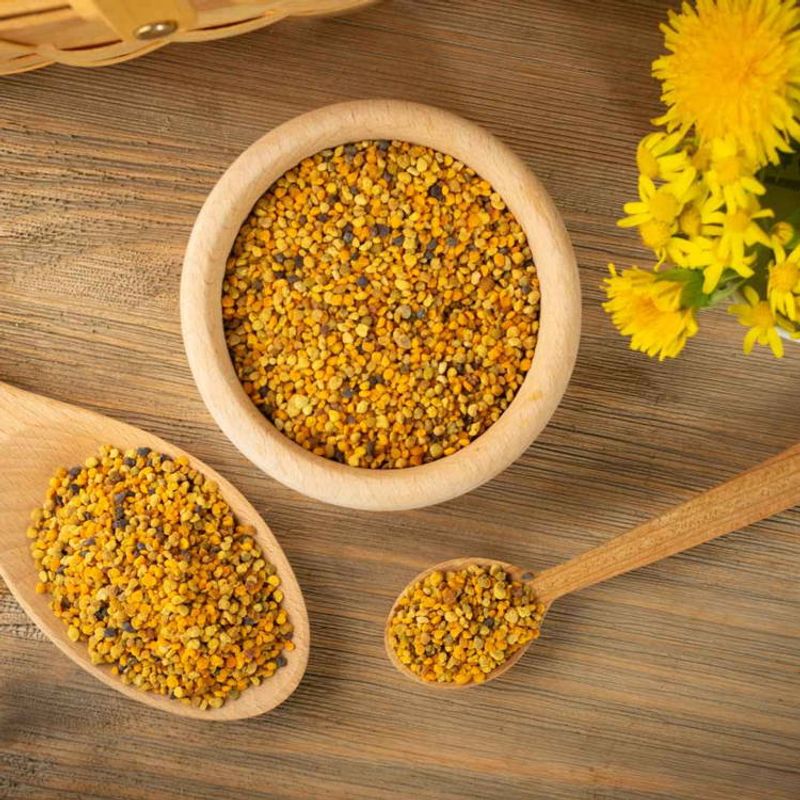
Bee pollen consists of tiny yellow granules collected by honeybees from flowering plants. With its mild, floral sweetness and slight crunch, it’s becoming a favorite topping for smoothie bowls, frozen yogurt, and puddings. Rich in proteins, vitamins, and minerals, bee pollen adds nutritional value along with a pop of color and texture. Chefs appreciate how it can be sprinkled over desserts without altering the base flavors too much. The subtle honey complement fruit-based desserts particularly well, and the granules add an interesting visual element to plated desserts and fancy drinks.
4. Chili Oil: Sweet Heat Ingredient
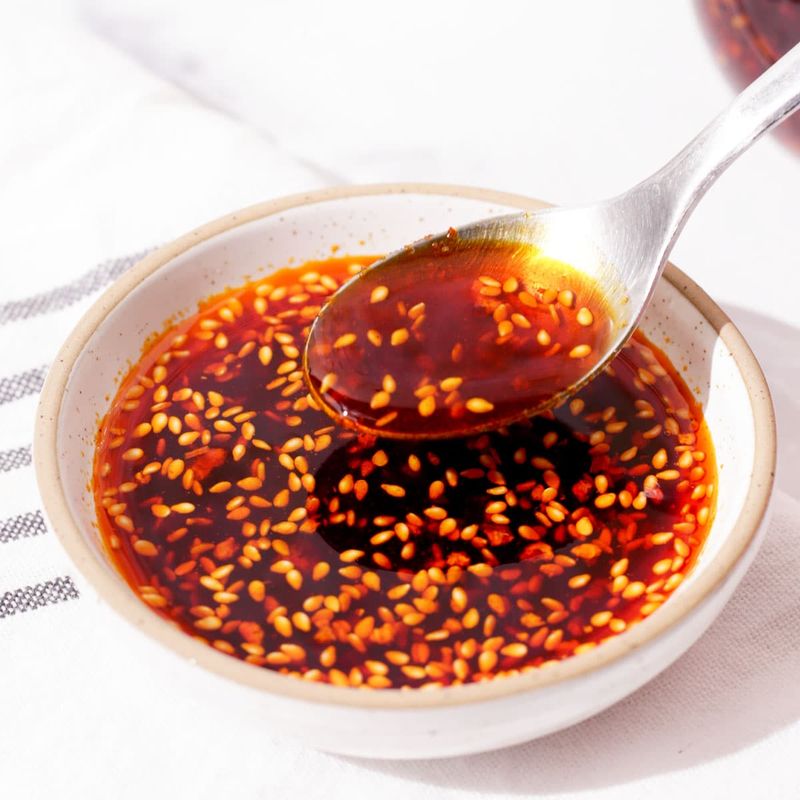
Chili oil is used from savory dishes to desserts and drinks. The combination of heat with sweetness makes an exciting contrast that awakens taste in unusual ways. A tiny drizzle over chocolate desserts enhances the cocoa flavors while adding warmth and complexity. Some innovative chefs are incorporating it into ice creams, particularly with dark chocolate or caramel bases. In drinks, a drop of chili oil can change a hot chocolate or coffee into something distinctive.
5. Lavender: Floral Flavor for Sophisticated Palates
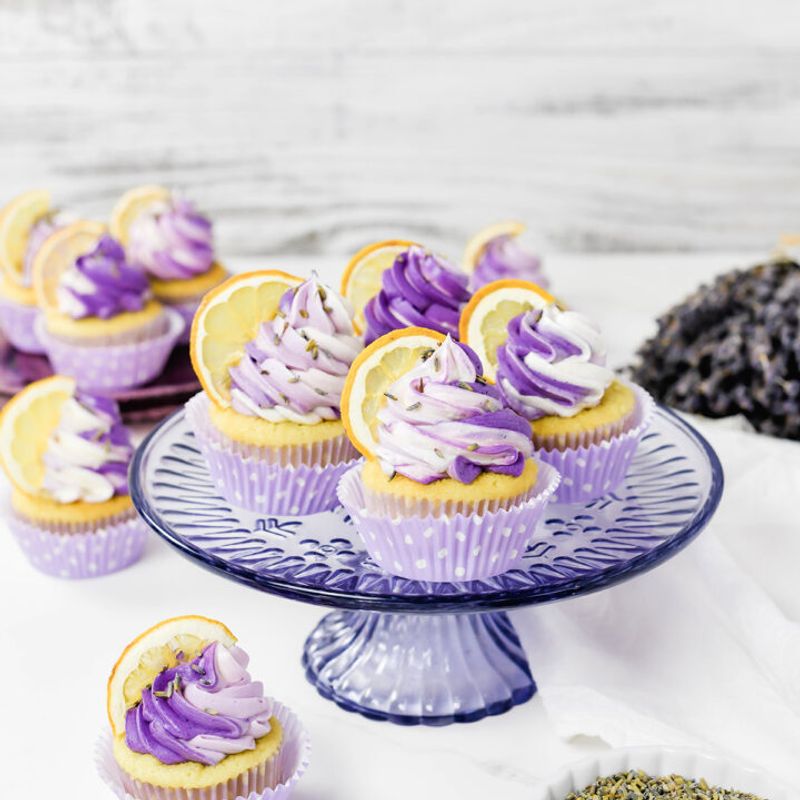
Lavender adds a sophisticated floral flavor to desserts when used with restraint. The key is moderation – just enough to taste the gentle herbal quality without feeling like you’re eating soap. Bakers are folding dried lavender into shortbread cookies, infusing it into custards, and pairing it with lemon in cakes and tarts. The herb works particularly well with honey, berries, and citrus flavors to balance its distinctive taste. Beside flavor, the tiny purple flavors make beautiful garnishes on frosted cakes and can be crystallized with sugar for elegant decorations.
6. Elderflower: Subtle Floral Elegance
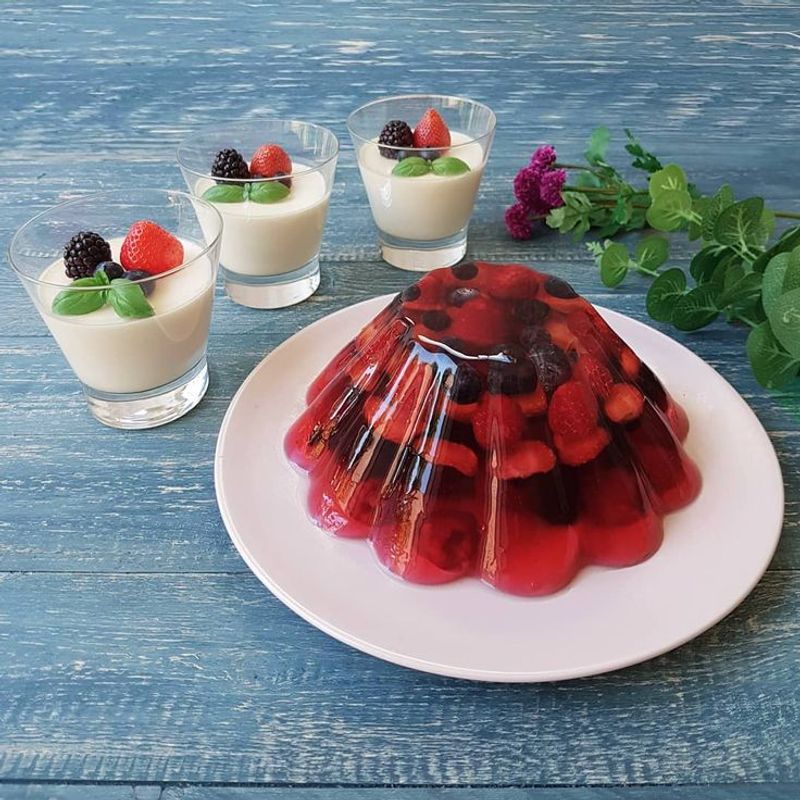
Elderflower brings a subtle, honey-like sweetness with gentle floral fragrance that enhances ordinary desserts to something distinctive. The flavor is reminiscent of pear, lychee, and tropical fruits with a touch of spring blossoms. Pastry chefs are using elderflower in mousses, panna cottas, and light summer cakes. The cordial or syrup form works well in refreshing drinks, from lemonades to tea infusions. What makes elderflower so appealing is its ability to enhance fruit flavors without overpowering them. It pairs beautifully with berries, stone fruits, and citrus in both hot and cold applications.
7. Miso: Umami in Sweet Treats
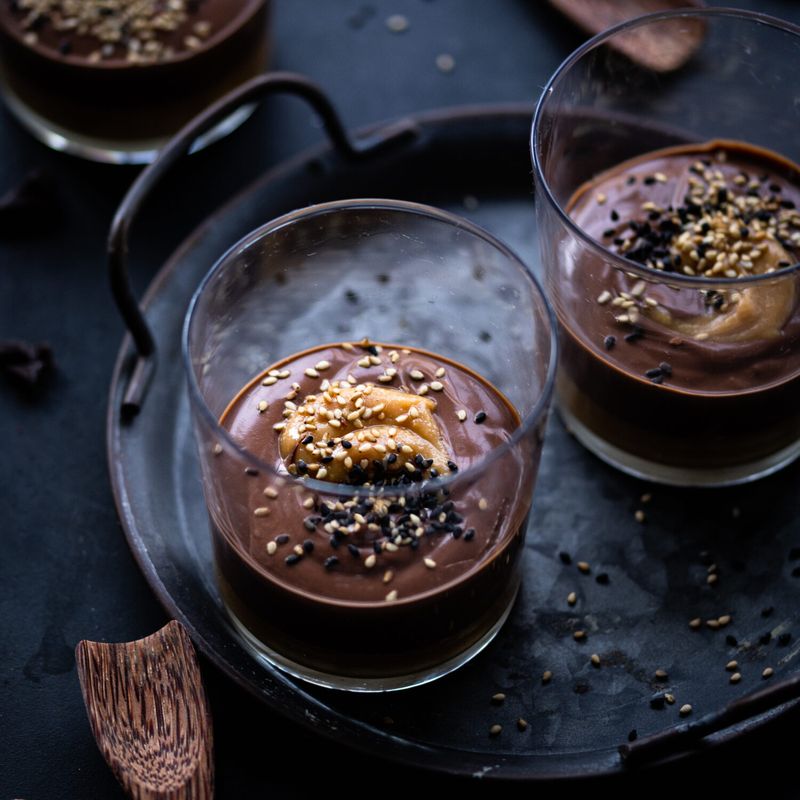
Miso paste is breaking out of savory dishes and finding its way into desserts, where it adds depth and complexity. The soybean paste contains naturally occurring glutamates that enhance other flavors while contributing a subtle saltiness. Bakers are folding white miso into cookie dough, brownies, and caramel sauces. The umami quality particularly complements chocolate, nuts, and caramel by balancing sweetness and adding taste. Even a small amount can change a basic dessert into something more sophisticated. Red miso works well with darker desserts like chocolate, while the milder white miso pairs beautifully with vanilla and fruit-based treats.
8. Calamansi: The Philippine Citrus
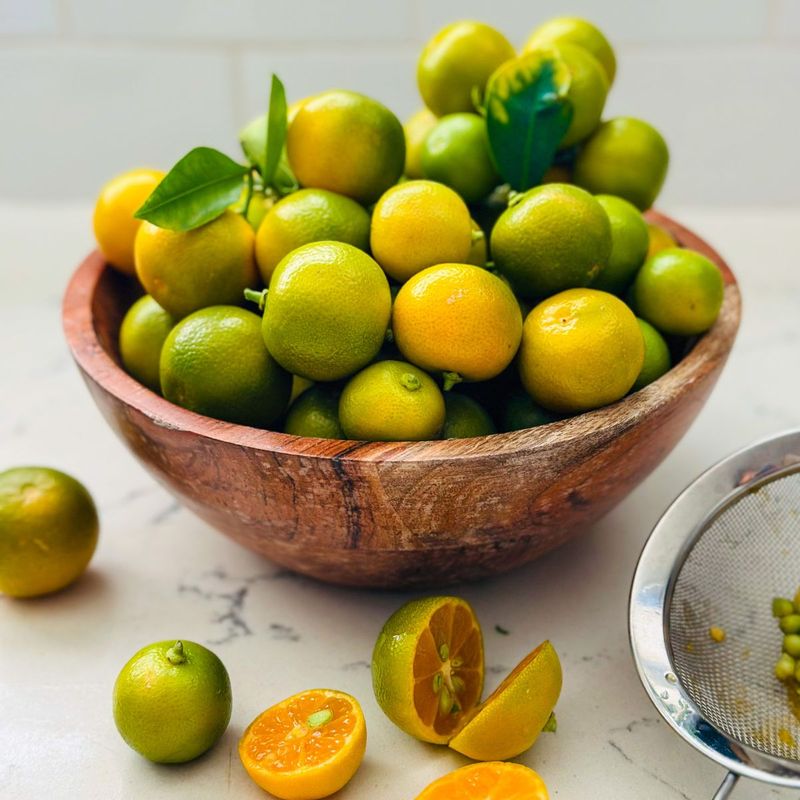
Calamansi is a small citrus fruit native to the Philippines. The tartness of lime, the sweetness of mandarin, and the complexity of kumquat all in one tiny package. The juice makes exceptional sorbets, curds, and refreshing beverages. Pastry chefs value calamansi for its balanced sweet-tart profile that works beautifully in meringues, custards, and fruit tarts. Unlike regular limes or lemons, calamansi has a more complex aroma with floral fragrance that remain even after cooking. The green exterior and orange flesh also add visual interest to garnishes and presentations.
9. Harissa: North African Spice Blend
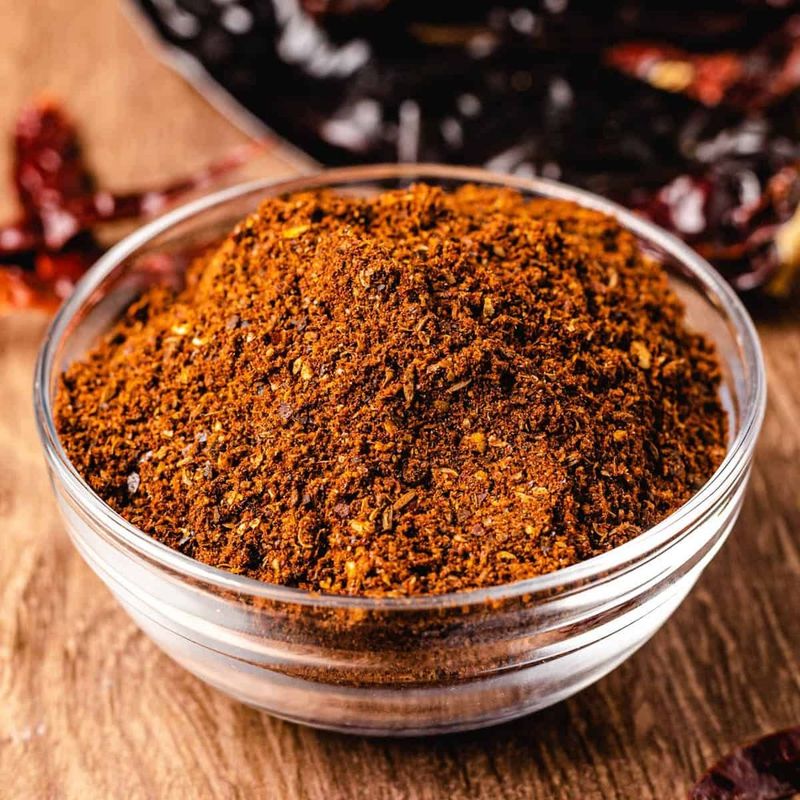
Harissa, the North African chili paste, is finding uses in the dessert cuisines. The complex blend of chilies, garlic, and spices like cumin and coriander brings warmth and depth without overwhelming heat. Chocolate desserts particularly benefit from a touch of harissa, which enhances the natural richness of cocoa. Some innovative chefs are incorporating it into ice creams paired with dates or figs for a Mediterranean-inspired treat. The paste can also be diluted and brushed onto fruits before grilling, creating caramelized peaches or pineapples with a gentle spice that pairs well with honey or maple syrup.
10. Edible Flowers: Natural Benefits

Edible flowers are changing desserts with their subtle flavors and visual appeal. Beside mere decoration, each variety contributes its own taste profile – violets offer sweetness, marigolds bring a peppery enhancement, and roses add a gentle fragrance. Pastry chefs are pressing them into shortbread cookies, freezing them in popsicles, and scattering them over frosted cakes. The natural colors pop against white frostings or clear jellies without any artificial dyes. Many flowers also contain beneficial compounds like antioxidants. Popular varieties include pansies, nasturtiums, chamomile, and calendula they bring fragrance to dessert table.
11. Turmeric: Yellow Spice with Benefits

Turmeric is moving beside golden milk into mainstream desserts, where its earthy warmth and yellow color make it a visual appealing ingredient. The root’s subtle bitterness and ginger-like quality work well in sweet applications when balanced properly. Bakers are incorporating it into shortbread, custards, and ice creams. The yellow hue changes ordinary treats into beneficial treats. Beside flavor and color, turmeric contains curcumin, which has anti-inflammatory properties. Pairing it with black pepper enhances absorption, while combining it with cinnamon and ginger adds a warming spice blend for cakes and cookies.
12. Ashwagandha: Adaptogenic Addition
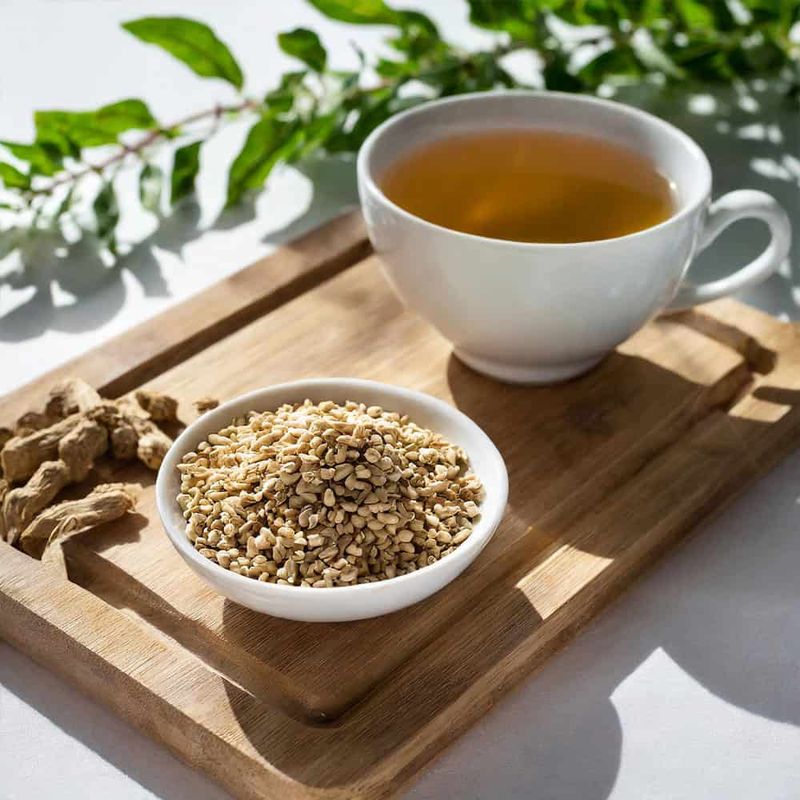
Ashwagandha, an ancient medicinal herb, is making its way into functional desserts and drinks. The earthy, slightly bitter root powder is valued for its potential stress-reducing properties while adding an interesting flavor experience. Bakers are incorporating small amounts into energy balls, raw desserts, and chocolate treats. The taste pairs particularly well with cacao, dates, and nuts, which help balance its distinctive flavor. Many cafes now offer ashwagandha-infused hot chocolates and lattes as alternatives to coffee. The powder blends easily into smoothies and puddings, making it accessible for home cooks exploring functional food ingredients.
13. Yellow Mango: Tropical Fruit

Yellow mangoes are enhancing desserts to with their sweet flavor and versatile color. Varieties like Ataulfo and Alphonso offer a buttery texture and less fibrous flesh than common mangoes, making them excellent for smooth mousses and purees. Pastry chefs value these varieties for their consistent sweetness and rich flavor that requires minimal enhancement. The fruit works beautifully in everything from sorbets and puddings to tarts and cakes. The natural tropical aroma pairs well with coconut, lime, and cardamom. When pureed, mango make a smooth base for frozen treats that maintain their bright color and flavor without artificial additives.
